

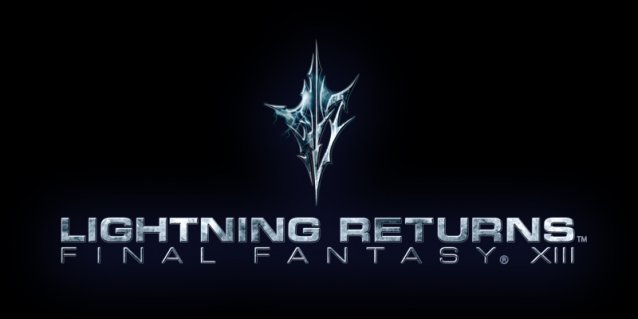
In March of 2010, Square Enix released its first Final Fantasy title for the Playstation 3 and Xbox 360. Albeit linear compared to its predecessors, Final Fantasy XIII took the fantastical settings Square Enix is known for and displayed them in breathtaking HD. As the opening title for the Fabula Nova Crystallis collection, the game was the first to run on Square Enix’s Crystal Tools engine, making it the most stunning Final Fantasy title to date. Final Fantasy XIII also introduced an innovative combat style, featuring the Crystarium path for leveling character skills and spells, and the Paradigm system, which allows players to shift between different strategic battle formations. In a very brief summary, the game follows the protagonist, Lightning, on her journey to save her sister, Serah. What appears to begin as a simple quest quickly grows in complexity, sending Lighting and friends on a gripping adventure to figure out their true purpose while ultimately saving the world of Cocoon from the grasp of the theocracy known as the Sanctum. Final Fantasy XIII received high reviews from critics, though some reviews were mixed due to the game’s linearity.
In 2012, Final Fantasy XIII-2 was released. As a sequel to XIII, XIII-2 features similar tactical combat with the use of the paradigm system, this time allowing for monsters to be captured and leveled for combat. The story follows Serah, who is now focused on finding Lightning after her disappearance at the end of XIII. Square Enix responded to the complaints of XIII by implementing a more open-world through the use of time travel, creating non-linear but at times confusing experience.
Wrapping up the story of the Final Fantasy XIII series is Lighting Returns: Final Fantasy XIII. Occurring 1000 AF—after the fall of Cocoon and the events of XIII-2—Lightning Returns is set in a world called Nova Chrysalia. Created by merging the physical and spiritual realms following the death of the goddess Etro, Nova Chrysalia is a realm enshrouded in chaotic darkness. In this bleak new setting Lightning breaks from her crystal stasis and is faced with a rude awakening—she has 13 days until the end of the world.
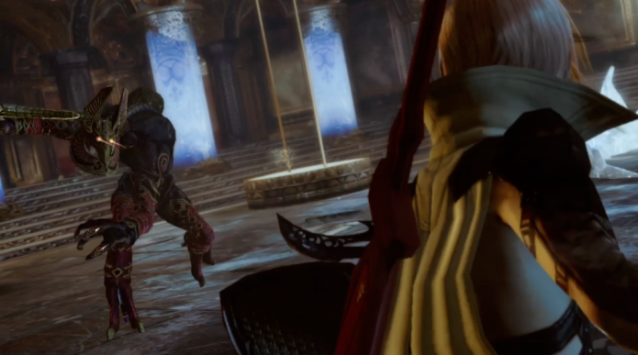
As a fan of the first two titles, I was looking forward to getting some hands-on time with Lightning Returns at E3 this year. Lightning is one of my favorite protagonists, but knowing that the title is weighed heavily down by the stresses of effectively concluding the entire trilogy made me anxious. After going hands-on at E3 for solid 25-minutes, my anxieties have certainly been lessened. Let’s take a look at what we can discern from the demo…
As the demo starts, our heroine Lightning addresses a character that players of the first two games will be familiar with, Hope Estheim. Hope tells Lightning that her main priority is to find Snow. At present, Lightning is the only known playable character in the game, but it is clear that we will still stumble upon some old friends. Old friends or not, there is a striking incongruity in the characters we run into; something in the world cautions us that old friends may become new enemies. In previous trailers we have seen Snow attack Lightning, so it will be interesting to see how the game’s narrative molds itself around that event.
Following the chat with Hope, we are thrown into combat with an enemy called an Anubys, who closely resembles the Egyptian god (Square loves their mythological references).
The combat in the game is fantastic. In the battle tutorial we can tell that there is an undeniable difference in the overall combat of Lightning Returns. On an obvious note, it has to be different—we are playing one character in a situation that would normally merit an entire party. This change from party to solo combat was a concern for many, as the party-combat system is idiosyncratic of Square Enix and provides the necessary combinations to apply strategy to battle. Luckily, Square sacrificed little in order to make Lightning a one-woman fighting machine. She is goddess now, after all, and with that comes a number of new abilities.
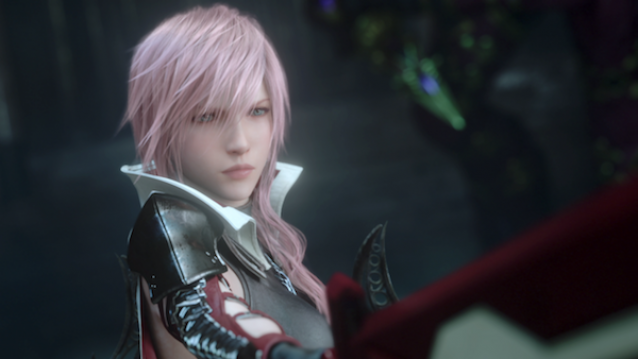
What is immediately noticeable about the combat in Lighting Returns is the ability to maneuver freely throughout the field of battle. While maneuverability is a basic addition, it opens up many new tactics in combat. In the fight with the Anubys, we are able to dodge attacks and move to where we can hit the monster’s weak spot. Attacks, spells, and blocks—though they are still done at the cost of the ATB (active time battle) gauge—are instant and are individually assigned to different buttons. If we tap X to strike, Lightning strikes the enemy once. However, if we perform a mixture of attacks—tapping X twice and then switching to Y to cast a spell—Lightning will perform a combination attack. The combination of instant attacks and freedom of movement are the perfect recipe for reactive and organic combat that, though technically turn based, feels like real time action with an innovative twist.
Somewhat similar to the Paradigm system of the previous titles, Lighting Returns features a Schemata system. While the overall system is still vague, the demo has clarified a few things about it. Using the left or right bumper, the player can toggle between each of the three schemas: Divinity, Dark Muse, and Sorceress. Each schema hosts its own ATB gauge, making quick transitions necessary to maintain high damage and stagger potential. The schemas also host different abilities and attributes, and there are rumors that the abilities will be customizable as well.
Divinity, Lighting’s default schema, offers the best defensive abilities and stats. While the Sorceress and Dark Muse schemas do offer a block ability called “lesser guard,” it is not as efficient as Divinity’s “block” ability for total damage control. Still, Sorceress and Dark Muse contain some of Lightning’s most powerful attacks, making them extremely effective when attacking. The vast differences in all three schemas make timing and shifting crucial to combat, creating an experience that requires concentration and strategy rather than relentless button smashing. Lighting’s schemas are also tied to what she is wearing and her outfits range from a stunning white suite of armor to a more magic-based chic dress.
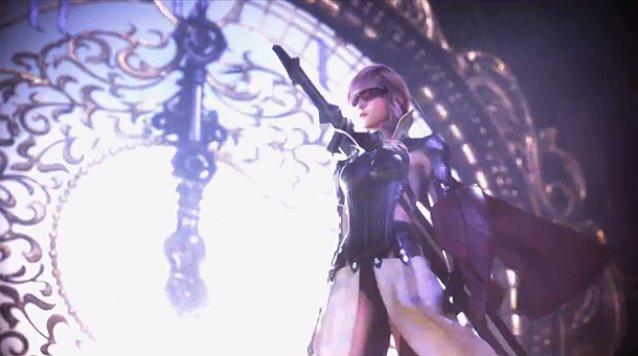
Outside of combat, the world in which we find Lightning is neither linear nor tedious to explore. Square Enix provides us with a beautiful comprehensive environment that boasts a variety of different settings and influences. In the demo, we appear to be in a sort of dungeon that ranges from Romanesque architecture to a design with a more modern aesthetic. Red neon lights interlace flawlessly with ancient stonework and glyphs within the walls speak of the dungeons past.
On the trail of Snow, we discover that the world is interactive rather than linear. Lightning can jump, climb, and interact with many of the things around her—a refreshing change that likely resulted from the response to Final Fantasy XIII. While exploring the dungeon proves to be a lucrative and enjoyable task, we are pushed forward in the game by sense of urgency. On the top right section of the screen there is a countdown that reads “07 days left,” pointing out that from this point in the game, we have seven days before the impending doom of the world. No pressure. Game director Motomu Toriyama has stated that there will be ways to rewind or add time to the countdown, but when dealing with the apocalypse, better safe than sorry. We all saw what happened in Majora’s Mask if Link sat around Termina all day—bad news bears.
After exploring the dungeon and defeating a few more enemies, we finally come across a young girl named Lumia, who strongly resembles Lightning’s sister, Serah (if Serah ever had an evil doppelganger enveloped in chaos energy, that is). Lightning aggressively addresses her, and in moments the paradoxical figure summons a dragon-like entity called Zaltys. Normally when someone summons a giant dragon to attack me I would complain, but the fight against Zaltys gives us the opportunity to really get a feel of the combat system in the game.
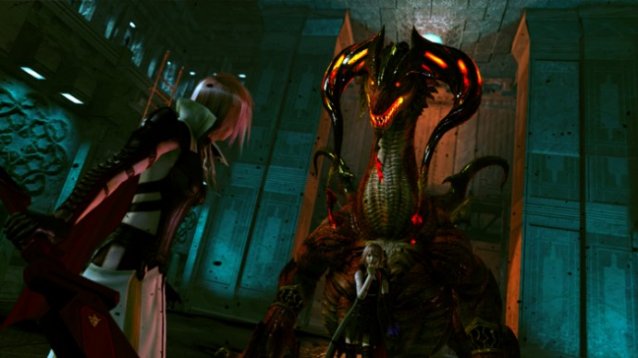
Zaltys—who is weak to magic damage—has three massive attacks that need to be avoided: Stampede, Bite, and Blaze Burst. Stampede and Bite are melee attacks that can be effectively blocked by changing to Divinity (“lesser guard” is ineffective), using Block, and then shifting back to Dark Muse or Sorceress to pack in some damage and work up his stagger meter. Blaze Burst, a ranged attack that also leaves a damaging area of effect, is little more complicated—it must be both blocked and evaded. This kind of attack allows the player to tactically apply all parts of the combat system to their advantage, utilizing movement to evade and attack while shifting schemas to recharge ATB, throw out maximum damage to stagger, and perform well-timed blocks. One thing that I enjoyed about the new blocking system is that you can block as long as you hold down the block button, though it does drain your ATB gauge. Between blocking ability, stagger, movement, schemas, and variety of enemy attacks, the combat promises to be as varied as it is reactive. Overall, I am very impressed with the way the combat is handled.
In terms of the story, we are still left with many questions after the demo—perhaps even more than we had coming into it: Is Lumia a corrupt version of Serah? Why are we after Snow? How are these characters still alive so far in the future? What is causing the apocalypse and how can we possibly stop it within 13 days? Square has a way of turning out fantastic stories, and though I would love answers, I would rather experience them the way Square wants us to—in the form of ambitious and often beautiful narrative adventures.
Lighting Returns: Final Fantasy XIII is set for release in the US on February 14th, 2014—just in time for Valentine’s Day.

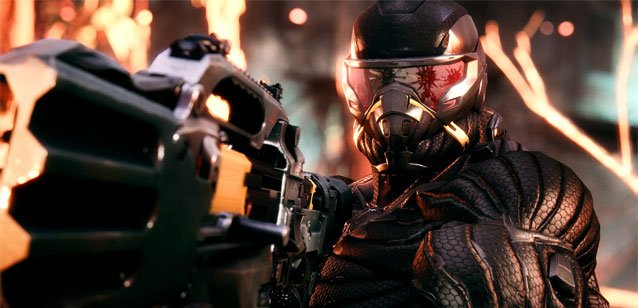

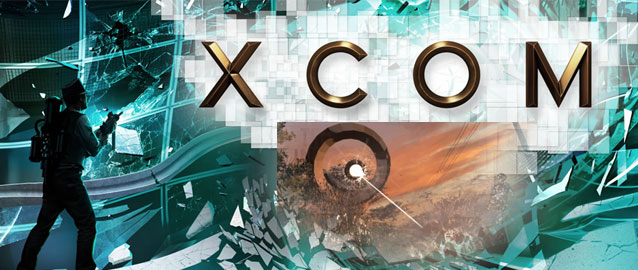
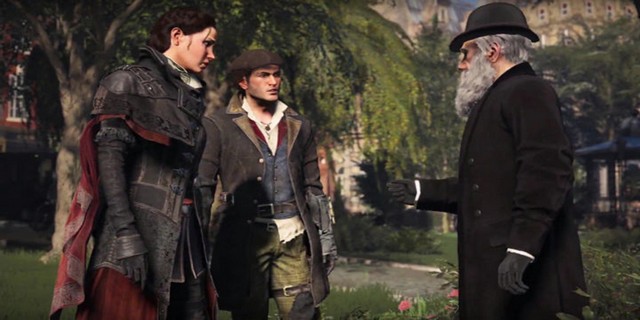 Assassin's Creed Syndicate All Perks Guide: How To Unlock Them For Jacob and Evie
Assassin's Creed Syndicate All Perks Guide: How To Unlock Them For Jacob and Evie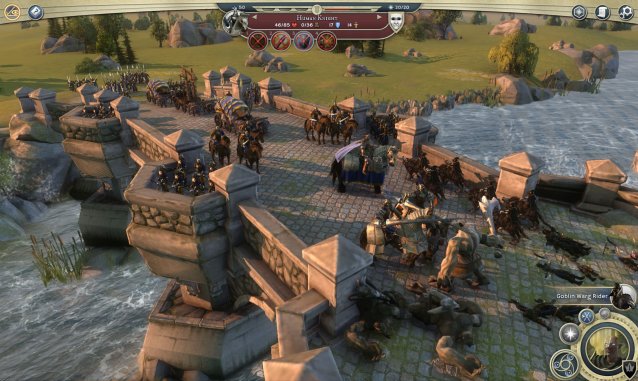 Top 10 Best Turn-Based Strategy Games for PC
Top 10 Best Turn-Based Strategy Games for PC Evolve Guide: How to Play as the Goliath
Evolve Guide: How to Play as the Goliath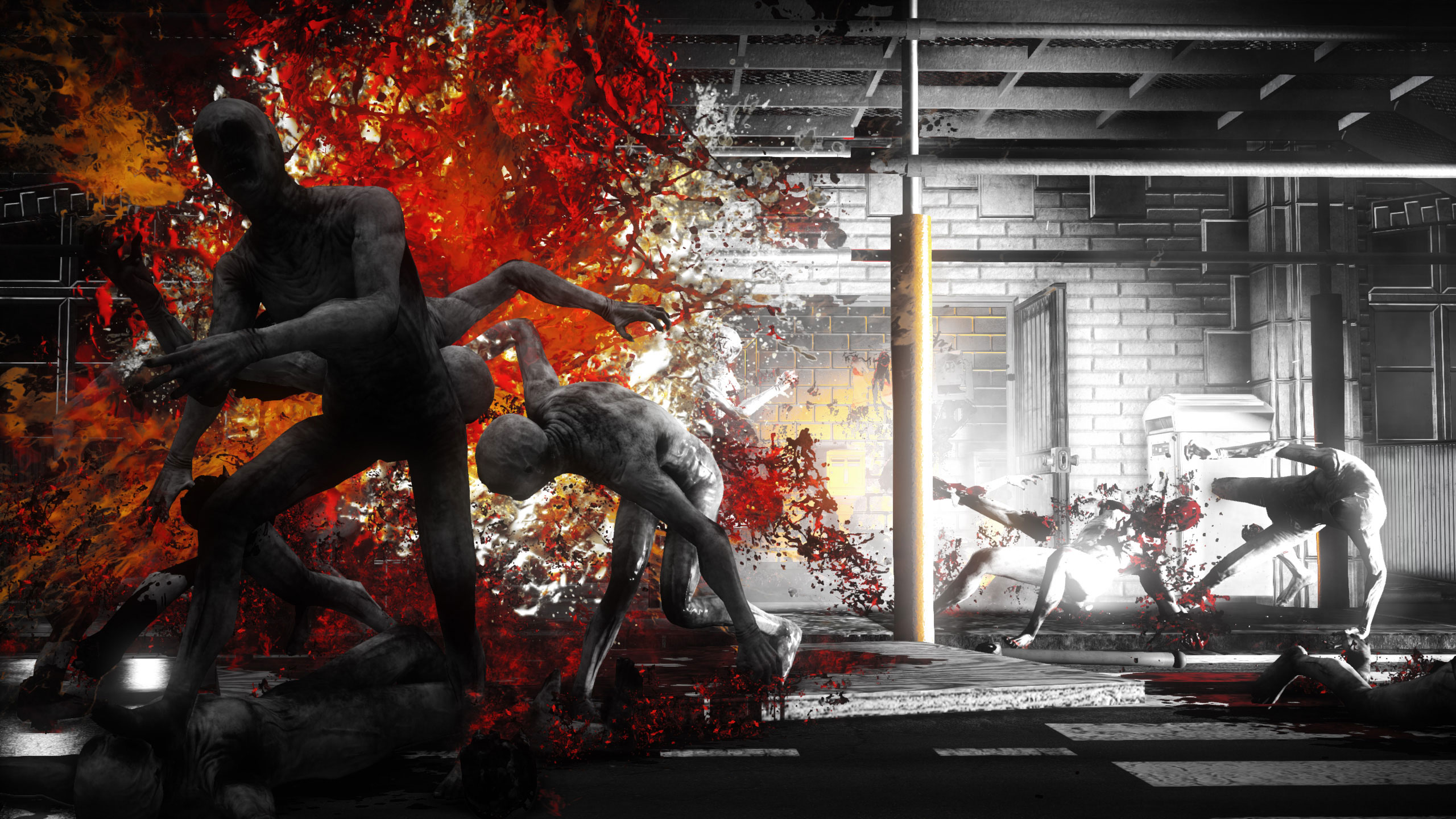 Killing Floor 2 Demolition Survival Tips
Killing Floor 2 Demolition Survival Tips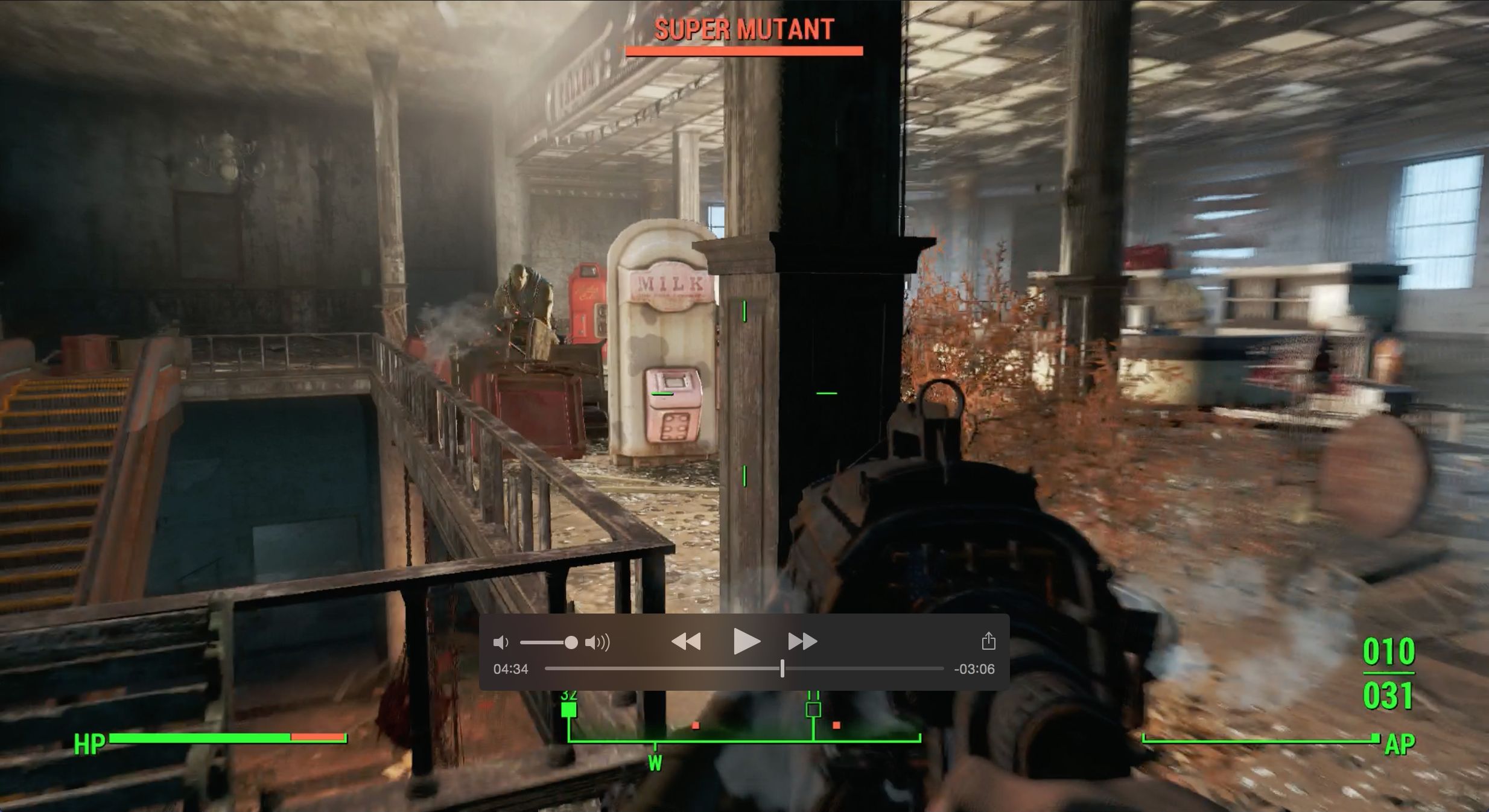 Fallout 4: Lost Soul walkthrough
Fallout 4: Lost Soul walkthrough